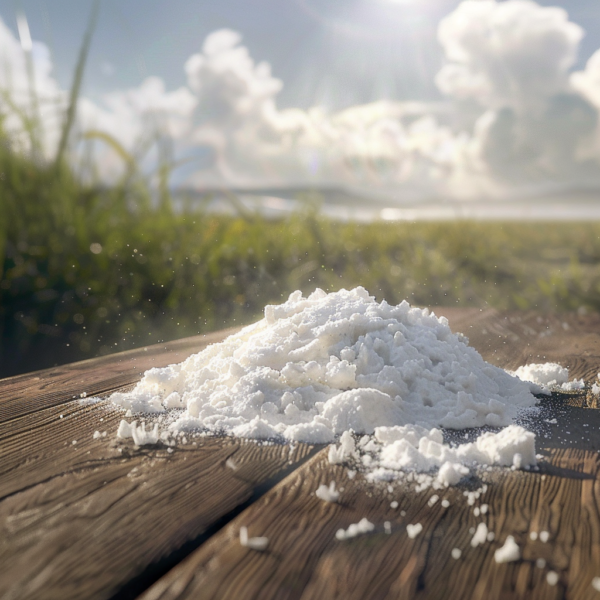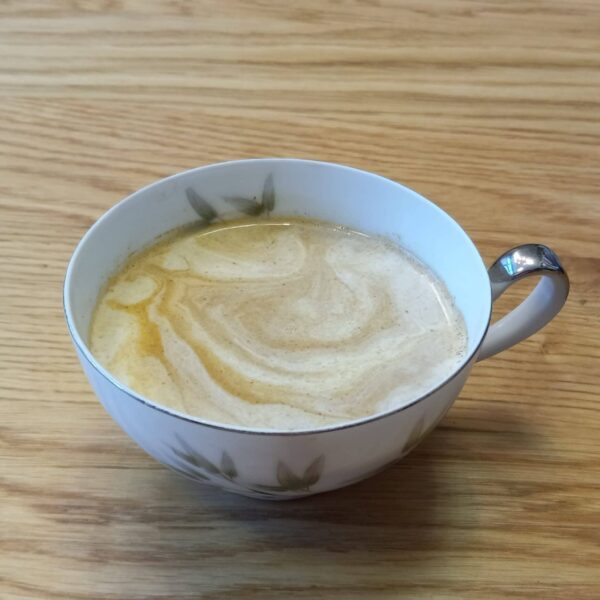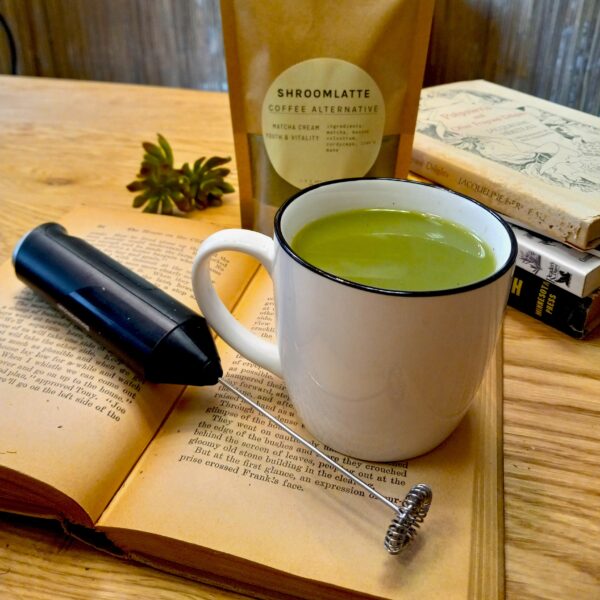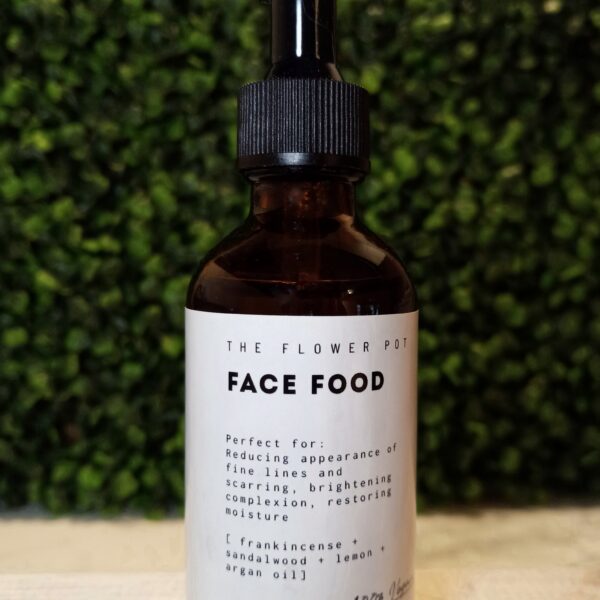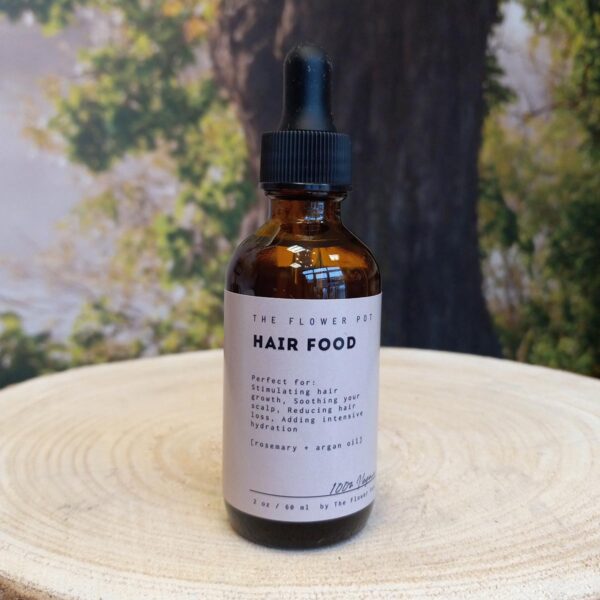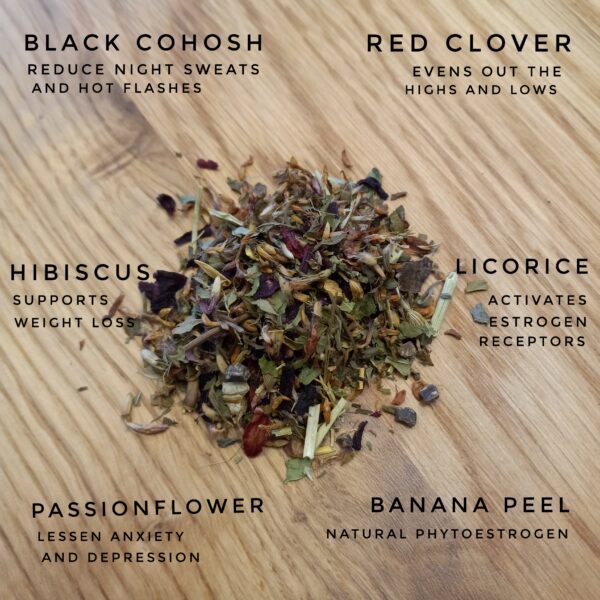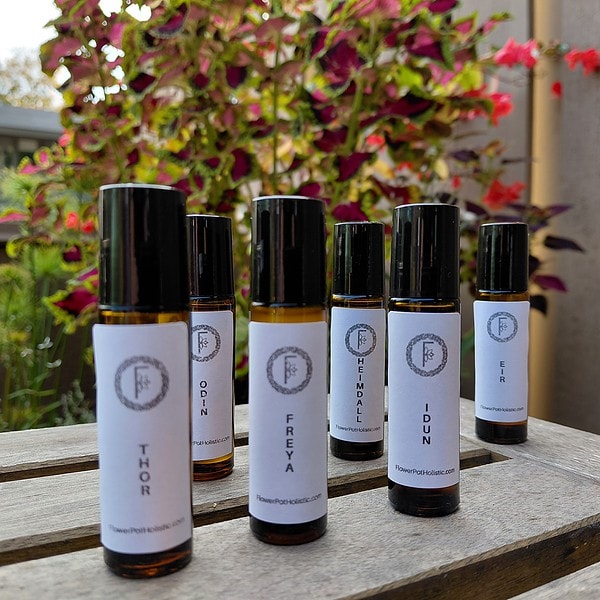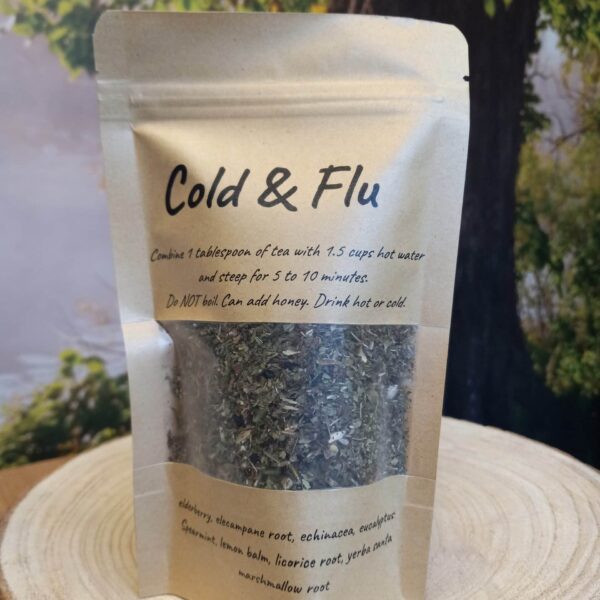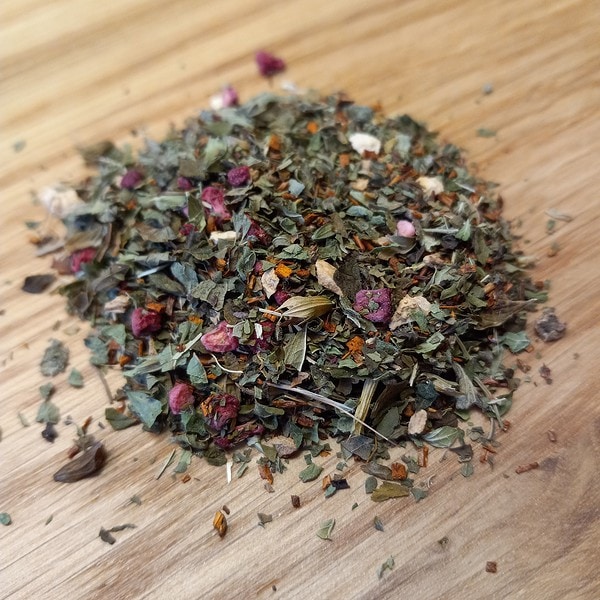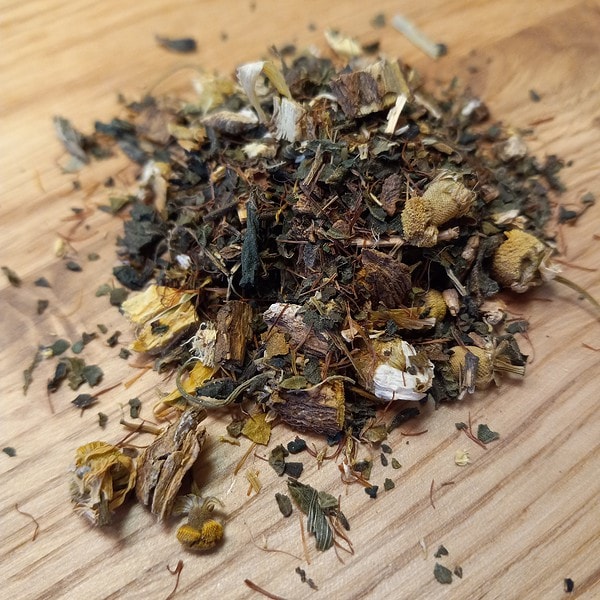If you’ve followed along for a minute, you know I’m completely fascinated by the world of fungi. From the medicinal mushrooms I rave about to the sheer weirdness of the organisms themselves, I just can’t get enough. And when I heard about scientists growing living bandages from a soil mold? Well, I had to share. This is the kind of mind-blowing stuff that gets me excited about the future of healing.
We usually think of fungi as the organisms that return dead stuff back to the Earth. (Or turn humans into zombies if you are a fan of The Last of Us) You might see the mushroom (the reproductive part) or the moldy fuzz (also a reproductive part), but the real magic is happening underground or inside: the mycelium. This is the intricate, fibrous network—the hidden body of the fungus—and it’s a big deal in the materials world.
In the biomedical arena, engineers are trying to create “hydrogels”—jelly-like materials that mimic the multilayered structure of our own soft tissues (think skin, cartilage, muscle). It’s a tough engineering problem. But, as often happens, Nature already cracked the code.
The particular mold is a common one but the name is nothing I can pronounce: Marquandomyces marquandii. (Let’s pause a moment and feel bad for whoever had to be the first to classify that one. OK, back to the science.)
The goal is a bio-integrated hydrogel, essentially a scaffolding made from a living organism that we can use for tissue regeneration or wound healing. Many fungi have been tested, but they often dry out too quickly or prove too brittle. M. marquandii is different.
When grown in the lab, this particular fungus forms thick, beefy, multilayered sheets capable of retaining up to 83 percent water. That is an intensely moist environment, exactly what you’d want for healing tissue!
The best part is the structure. The scientists found it grows alternating layers of different porosities—think 40%, 90%, and 70% spongy-ness—which they suspect they can tweak just by changing the growing conditions. This adaptability means they could potentially grow a patch of “fungal skin” with the exact architecture needed for a burn patient, or even a bone scaffolding. The main material is chitin, which is the same strong stuff found in insect exoskeletons and seashells. It’s naturally biocompatible and incredibly spongy.
They’re talking about templates for biomedical applications, maybe even a fungally-grown hip replacement one day!
We all have slow our roll, though. You won’t be getting a mushroom patch-up at the emergency room tomorrow. This is all early-stage research. While M. marquandii is not known to be harmful, they have to do extensive testing to ensure it doesn’t trigger rare allergic reactions, and that it plays nice with living tissue. (I am again having nightmares of The Last of Us.)
Still, this is pretty cool!
And now, a brief moment for me to pimp:
If all this talk of fascinating fungi has you craving some everyday mushroom goodness, you’re in luck. I’m always finding new ways to integrate the wellness benefits of mushrooms into my routine.
Golden Chai ShroomLatte: A cozy, spiced blend with medicinal mushrooms, turmeric, and chai spices.
Matcha ShroomLatte: My favorite pick-me-up—the clean energy of matcha paired with beneficial mushroom extracts for a balanced boost.
Join Our Mailing List!
Sign up and be the first to know about specials, promotions and our latest articles on health and wellness.
Cara Schulz
Cara Schulz, a cancer survivor and green tea lover, has opened The Flower Pot, a holistic wellness shop in Burnsville that offers products ranging from medicinal teas and wellness tonics and herbal tinctures.

